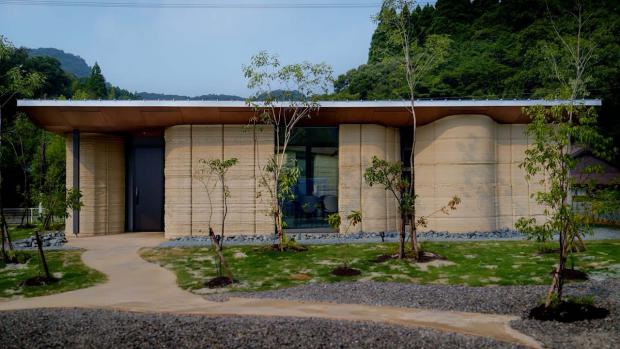
Breaking News
 They've Been Feeding You Poison (And Calling It Food)
They've Been Feeding You Poison (And Calling It Food)
 Tattoo ink may cause prolonged changes to the immune system
Tattoo ink may cause prolonged changes to the immune system
 Travel gadget promises to dry and iron your clothes – totally hands-free
Travel gadget promises to dry and iron your clothes – totally hands-free
 Duckweed: A sustainable, protein-packed food source smeared by Big Ag
Duckweed: A sustainable, protein-packed food source smeared by Big Ag
Top Tech News
 Perfect Aircrete, Kitchen Ingredients.
Perfect Aircrete, Kitchen Ingredients.
 Futuristic pixel-raising display lets you feel what's onscreen
Futuristic pixel-raising display lets you feel what's onscreen
 Cutting-Edge Facility Generates Pure Water and Hydrogen Fuel from Seawater for Mere Pennies
Cutting-Edge Facility Generates Pure Water and Hydrogen Fuel from Seawater for Mere Pennies
 This tiny dev board is packed with features for ambitious makers
This tiny dev board is packed with features for ambitious makers
 Scientists Discover Gel to Regrow Tooth Enamel
Scientists Discover Gel to Regrow Tooth Enamel
 Vitamin C and Dandelion Root Killing Cancer Cells -- as Former CDC Director Calls for COVID-19...
Vitamin C and Dandelion Root Killing Cancer Cells -- as Former CDC Director Calls for COVID-19...
 Galactic Brain: US firm plans space-based data centers, power grid to challenge China
Galactic Brain: US firm plans space-based data centers, power grid to challenge China
 A microbial cleanup for glyphosate just earned a patent. Here's why that matters
A microbial cleanup for glyphosate just earned a patent. Here's why that matters
 Japan Breaks Internet Speed Record with 5 Million Times Faster Data Transfer
Japan Breaks Internet Speed Record with 5 Million Times Faster Data Transfer
First 3D-Printed Home Made Primarily From Soil is Built in Japan–Ditching Unsustainable Concrete

The walls of the completed Lib Earth House Model B use no cement (which produces industrial waste). Instead, they utilized only naturally derived materials with soil as the primary component to create sustainable earthen walls.
Compared to the previous model (Model A) that used some cement, the building's strength has improved approximately fivefold while significantly reducing CO2 emissions from the manufacturing process itself.
The inventions from this development are patent pending, but pre-orders are being accepted this summer, according to their media release.
The walls contain cutting-edge sensors as part of a wall condensation monitoring system that monitors in real-time the temperature and humidity inside the walls. This system enables the house to manage its own condition by detecting condensation in advance to maintain a long-lasting, comfortable living environment.
Additionally, the homes include remote operation of air conditioning, lighting, and bath controls via smartphone or dedicated monitor. It also features an off-grid energy system that combines Tesla's Powerwall battery storage with solar panels to create an electrically independent, self-sufficient home.
A courtyard incorporates natural light and ventilation.
"Together with Lib Work, we hope to continue to provide architectural solutions that contribute to achieving a recycling-centered society," said 3D Printer collaborators Ove Arup and Partners.
"By using local soil for on-site material production, and by making all components easily removable, separable, and reusable/recyclable, we aim to provide reusable architecture that produces no waste when demolished."
The 3D printer manufacturer, Wasp, which provided the crane printer "heartily" congratulated the Lib Work team who paved the way for Japan to play a leading role in sustainable architecture.
"Their work fuses minimal design with organic inspiration, creating an aesthetic sensibility reminiscent of the Japanese 'kintsugi' philosophy that celebrates uniqueness and the beauty of natural materials."
The AI development partner, Maket Technologies, said, "Our envisioned future is not about building the same houses faster but designing and optimizing the most suitable housing for each individual—accessible housing for everyone.
Through these cutting-edge initiatives, Lib Work's goal is the construction of 10,000 units by 2040—but there was no information yet on their cost.

 Advanced Propulsion Resources Part 1 of 2
Advanced Propulsion Resources Part 1 of 2

